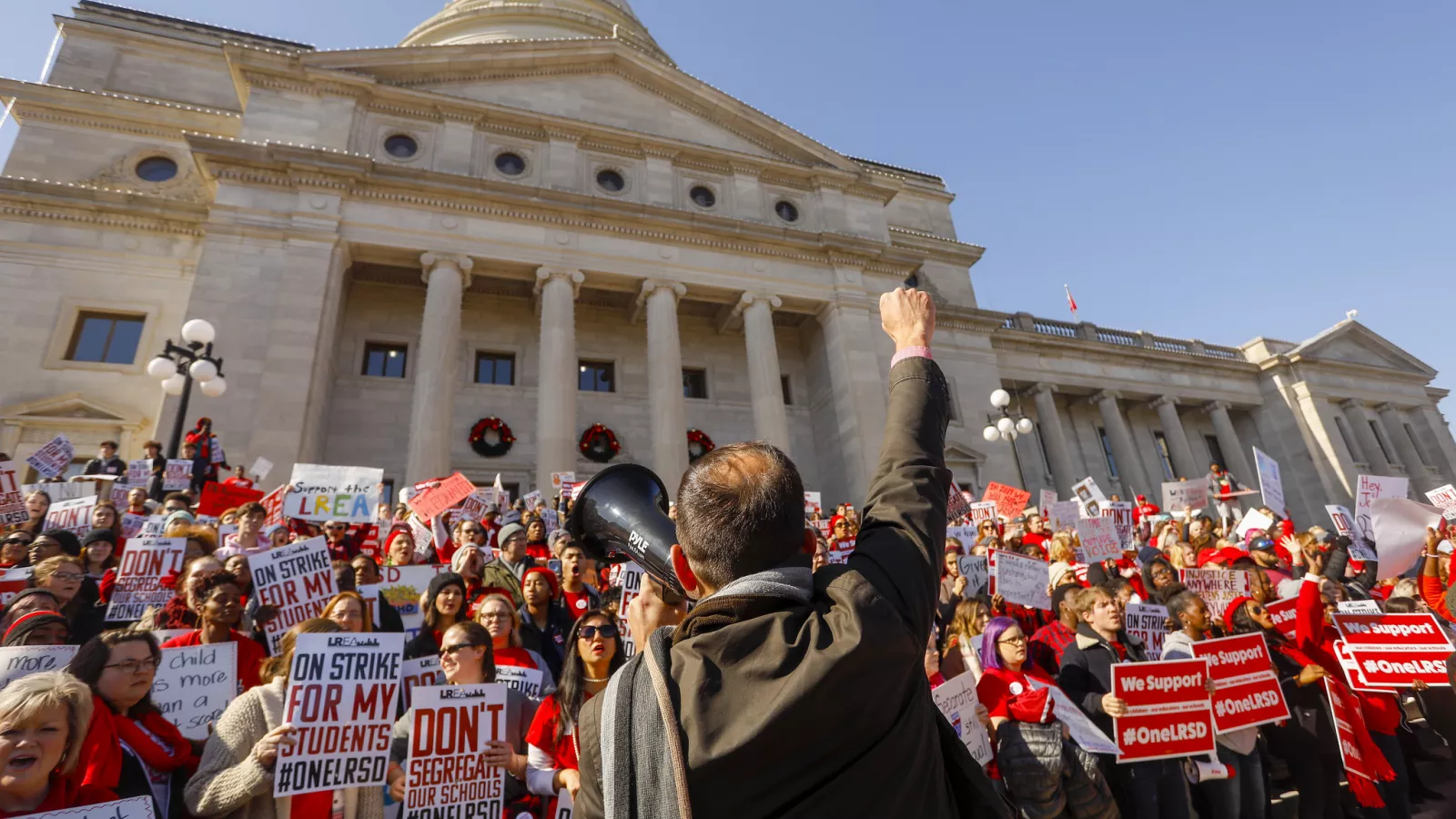Published: July 2022
Last Updated: July 2025
From the very beginning
This history of America is the story of the workers who built it. The labor movement has inspired more than the immediate interests surrounding someone’s job—it recognizes that no matter where we’re from or what we look like, our society is more just and fair when workers have a voice in the decisions that impact them, their families, and their communities.
1768 – 1950 The Rise of the American Labor Movement
From the beginning
1768
The earliest recorded strike of workers (journeymen tailors) protesting a wage reduction.
The first
1794
Formation of the first trade union, the Federal Society of Journeymen Cordwainers (shoemakers) in Philadelphia.
Uniting
1827
Mechanics’ Union of Trade Associations in Philadelphia begins uniting unions within a single city under a central labor body.
1834
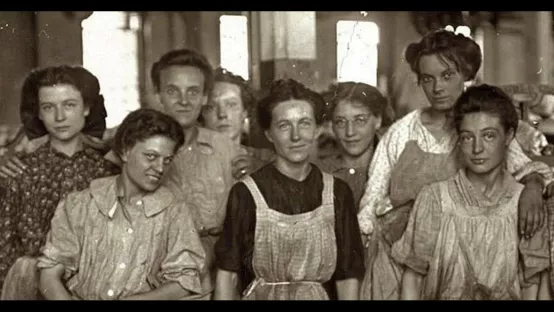
Before the right to vote
The first turnout of “mill girls” in Lowell, Massachusetts, to protest wage cuts.
Internationally known
1852
Creation of the International Typographical Union begins bringing together local unions of the same trade from across the United States and Canada.
1857
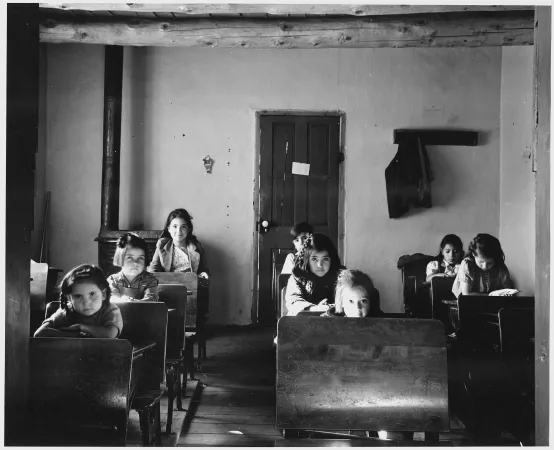
Our beginning
National Teachers Association is founded by teachers and other educational professionals when ten state education associations issue a call to “unite … to advance the dignity, respectability, and usefulness of their calling.”
A vision for the future
1869
Knights of Labor were founded, and was the first national labor force to recruit women and African Americans as a matter of policy, to organize throughout the country, and to attempt to unify industrial and agrarian workers.
NTA elects Emily Rice
1869
Just three years after membership is opened to women, the National Teachers Association elects Emily Rice as Vice President of the Association.
NTA becomes NEA
1870
The NTA absorbs three smaller organizations, and gets its modern name: the National Education Association.
Enter the AFL
1886
In Columbus, Ohio the American Federation of Labor (AFL) is founded and dedicated itself to gaining the right to bargain collectively for wages, benefits, hours, and working conditions.
1904
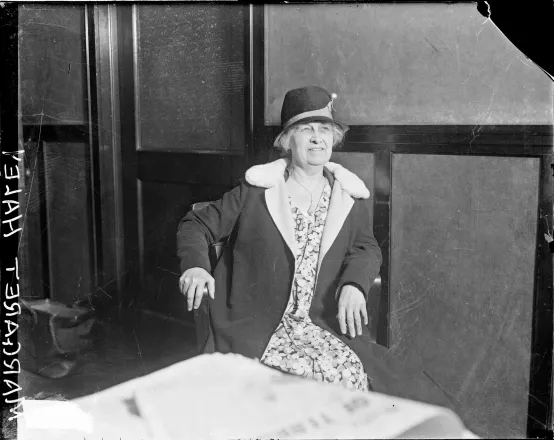
We've always been organizers
Margaret Haley, Vice President of the Chicago Teachers’ Federation gives the "Why Teachers Should Organize" speech at the National Education Association convention. Haley’s speech addressed the need to legitimize teacher unionism and inspire other teachers to organize in order to advance democracy in education.
Leading the way
1910
A decade before Congress granted women the right to vote, Ella Flagg Young (an ally of Margaret Haley) was elected as the NEA’s first female president and helped transform the union.
A dark day...
1911
The Triangle Shirtwaist Factory Fire killed 146 people, nearly all of them Jewish and Italian immigrant women and girls who toiled in the city’s garment industry. In response, the ILGWU called for a strike. Twenty thousand women across New York’s garment industry walked off their jobs in two days, picketing the unsafe conditions they labored under. It was the first major strike by women, for women, who held fast on the picket line as “sister strikers.”
The NEA RA
1920
NEA adopts its modern structure of affiliated state and local unions, with delegates to the Representative Assembly—the world's largest democratic deliberative assembly.
BSCP founded
1925
The Brotherhood of Sleeping Car Porters (BSCP) was the first labor organization led by African Americans to receive a charter in the American Federation of Labor.
The CIO
1938
The CIO held its first convention in Pittsburgh adopting the name Congress of Industrial Organizations; in 1935 it had been formed in response to the enduring question of whether union organization should be based on skill or where you worked.
National Labor Relations Act
1935
Created to protect workplace democracy by providing employees at private-sector workplaces the fundamental right to seek better working conditions and designation of representation without fear of retaliation.
Sit Down Strike
1941
- A "sit-down" strike at the River Rouge plant forced Ford Motor Company, the last holdout among the major auto companies, to recognize and negotiate with the UAW, ushering in an era of industrial unionism.
1950 – 2000 The Emergence of Public Sector Unionism
The AFL-CIO

1955
The AFL and CIO merged, and the leadership of the newly combined organization used its collective resources to lobby for labor-friendly laws and to endorse and support pro-labor and pro-public sector lawmakers.
Public Sector Unionism
1959
Wisconsin passes a collective bargaining law for its public employees.
By order...
1962
President Kennedy enacts Executive Order 10988 granting federal employees the right to collectively bargain, setting the stage for NEA and other public sector unions to pursue bargaining rights state by state.
A new beginning
NEA and ATA Merge
1964
The Representative Assembly passed a resolution requiring racially segregated affiliates to merge. Two years later, NEA became fully integrated, when the NEA and ATA agree to merge at the 1966 Representative Assembly.
Growing
1967
NEA membership grows by over one million members.
Statewide
1968
Florida statewide teachers’ strike—40% of Florida’s teachers strike over salaries and funding for classrooms. This is the first statewide strike in the nation.
Minneapolis is a Union Town
1970
Although illegal in Minnesota at the time, Minneapolis teachers go on strike over low salaries prompting the state to enact the Minnesota Public Employees Labor Relations Act, which protects teachers’ ability to strike.
1974
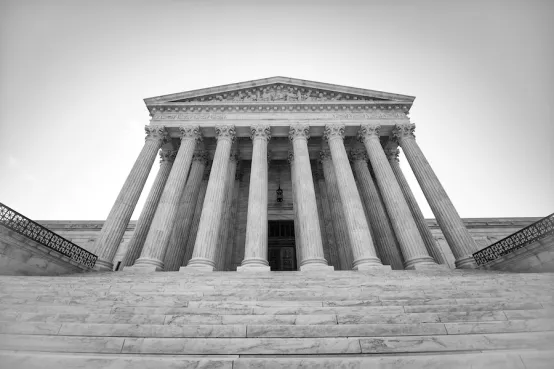
A SCOTUS Win
NEA wins US Supreme Court case striking down mandatory maternity leave for pregnant teachers.
Growing
1990
NEA membership grows over two million members.
A Growing 21st Century Labor Movement
Over 3 Million Members Strong
2006
NEA has affiliate organizations in every state and in more than 14,000 communities across the United States. We bring the expertise, drive, and dedication of 3 million educators and allies to advancing justice and excellence in public education.
#RedForEd

2018
In late February, teachers and support staff shuttered schools in all fifty-five counties in West Virginia over low wages, lack of support, and disrespect. This was the beginning of the #RedForEd movement. There were direct labor actions in Oklahoma, Arizona, North Carolina, and Kentucky. More than 375,000 education workers engaged in a work stoppage to advocate for the schools their students deserved.
The movement continues
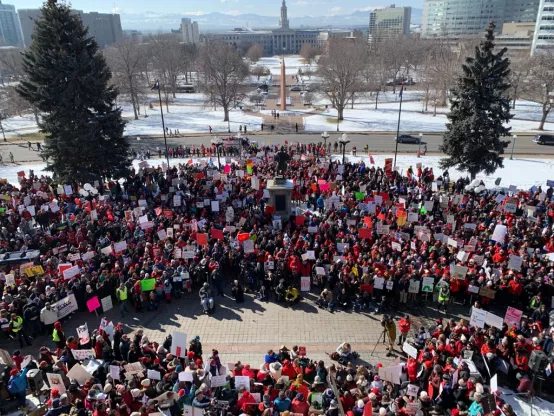
2019
The #RedForEd movement continued. Strikes and work actions empowered hundreds of thousands of educators. Los Angeles, Chicago, Oakland, led their fights for “common good” demands such as increased nurses and counselors, as well as smaller class sizes. Indiana teachers organized a statewide walkout to demand more funding, better pay, and an end to over-testing.
Denver educators and their community led a successful strike after their bargain with the district failed and that fall in Little Rock educators organized their community for a one-day strike to stop the resegregation of their schools.
Together, We're Stronger
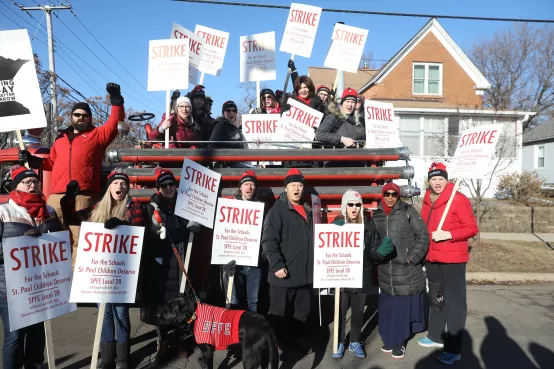
2020
The members of the Saint Paul Federation of Educators, which include licensed and non-licensed staff, went on strike March 10-12, 2020 after nine months of contract negotiations.
Together, We're Heard
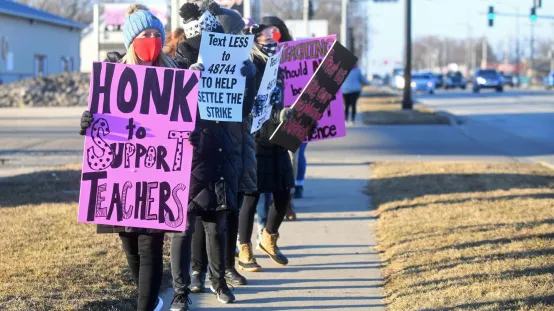
2021
NEA fought for the safe return to in-person instruction and to assert the professional authority of our educators to ensure that all stakeholders, including educators, parents, and the community, provide input into how rescue funds were spent.
Additionally, we saw Bourbonnais educators in Illinois on strike when their school district attempted to undermine their healthcare access. Youngstown State University faculty and staff went on strike to retain the rights to their intellectual property. The Geneva Area Teachers Association and their community came together in a 3-day strike to ensure a fair contract and a quality education for their students.
The Schools Our Students Deserve
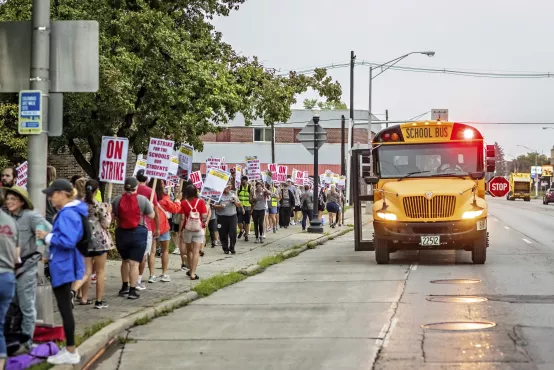
2022
Columbus teachers went on strike in 2022 and their top issues had nothing to do with pay. They wanted safer classrooms, smaller class sizes, and more student access to art, music, and P.E.
From Oakland, CA where educators led a 1-day strike to condemn the closing of schools in Black and brown neighborhoods to the Twin Cities where educators, families, and the Minneapolis community went on a 20-day strike to ensure education support professionals had a living wage, mental health support for students, and lowering class sizes. Our movement for the safe and equitable schools our students deserve is only growing.
The Community Our Families Deserve
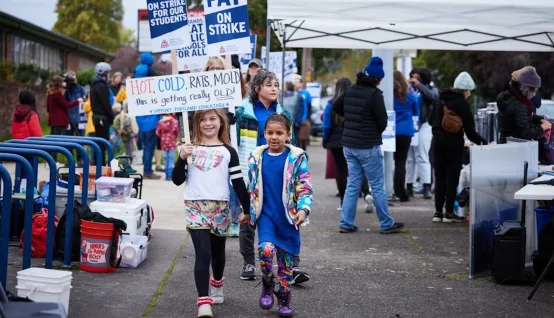
2023
From Portland, Oregon—where thousands of educators marched, sang, and stood united for 15 days—to secure smaller class sizes, more planning time, mental health supports, and safer schools, our movement is growing.
Portland educators refused to back down. On November 26, 2023, after weeks of citywide picket lines and powerful community support, the Portland Association of Teachers reached a landmark agreement with the district. Their strike didn’t just win improvements on every key issue—it became a turning point for the city’s students and families. Our movement for the safe and equitable schools our students deserve is only growing.
Continuing Momentum
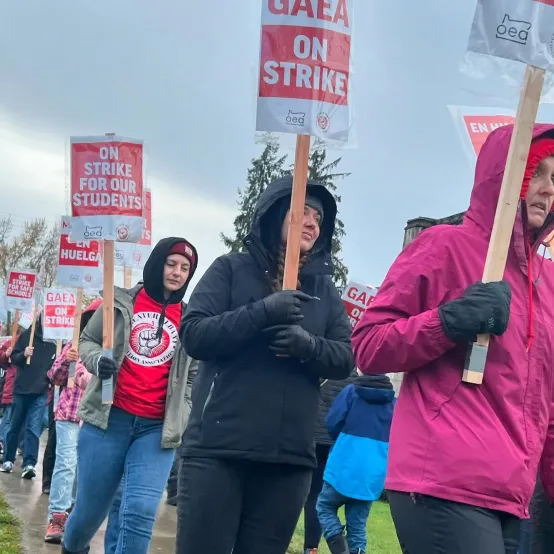
2024
From underfunded classrooms and unsustainable workloads to unsafe learning conditions, the challenges that sparked the strike in Albany, Oregon, aren’t unique—they reflect a statewide crisis that continues to undermine public education.
Educators in Albany took a stand not just for their schools, but for students and educators across Oregon. Their fight was about ensuring all students have the resources they need to thrive—and that educators are supported, respected, and fairly compensated.
This movement is bigger than one district—together, we’re raising our voices to demand the investments in the public schools we deserve.
Resurgence
Across the nation.
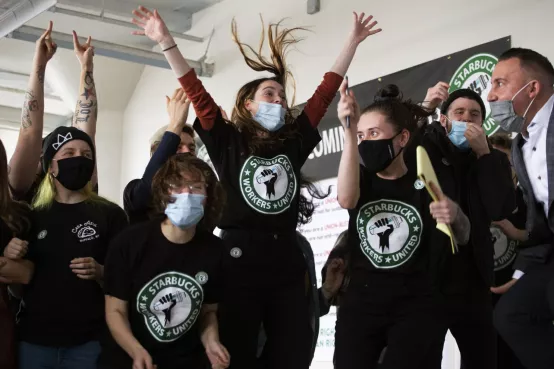
New American Union Movement.
More than 200 Starbucks stores have officially voted to unionize according to the National Labor Relations Board. We've also seen first-ever unions formed at REI, Trader Joe’s, Kickstarter, and Medieval Times.
Richmond
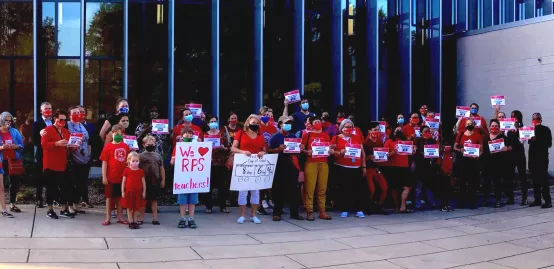
Inspiring us all
Richmond Education Association members made history when they organized, mobilized, and inspired their community to come together to become the first local in more than 40 years to gain the ability to collectively bargain their contracts in Virginia.
Oakland
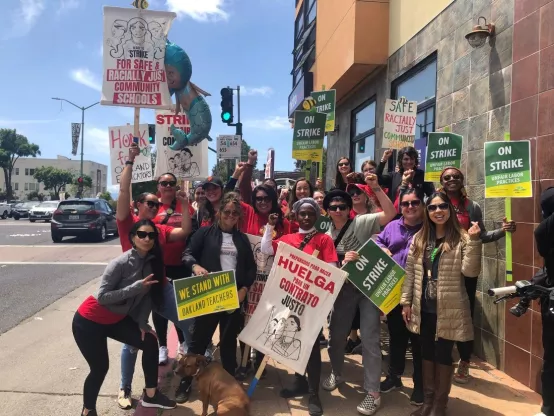
What our students deserve...
This year, after 7-days on strike, on picket lines, and in the streets, the Oakland Education Association won significant raises for ALL educators, with an even greater percentage increase for new teachers, to prioritize recruitment. They won social and educational changes that were common good priorities for their community. They won retroactive pay and bilingual stipends for teachers with dual language aptitudes. Their agreement also calls for more school librarians, school nurses, and guidance counselors (including at elementary schools for the first time).
Popular
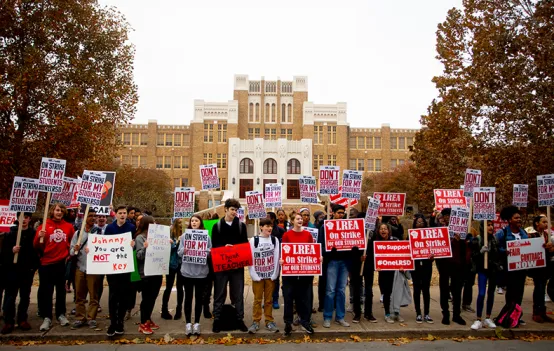
U.S. Approval of Labor Unions at Highest Point Since 1965
Seventy-one percent of Americans now approve of labor unions. Although statistically similar to last year's 68%, it is up from 64% before the pandemic and is the highest Gallup has recorded on this measure since 1965.
Join our movement!
Together a stronger voice for educators.
When educators are heard, respected, and given the resources we need, we can give students our very best. With more members like you, National Education Association educators will have an even stronger voice to improve our daily lives and the lives of our students.
Stay Informed We'll come to you
We're here to help you succeed in your career, advocate for public school students, and stay up to date on the latest education news. Sign up to stay informed

Great public schools for every student
The National Education Association (NEA), the nation's largest
professional employee organization, is committed to advancing the cause of
public education. NEA's 3 million members work at every level of
education—from pre-school to university graduate programs. NEA has
affiliate organizations in every state and in more than 14,000 communities
across the United States.
